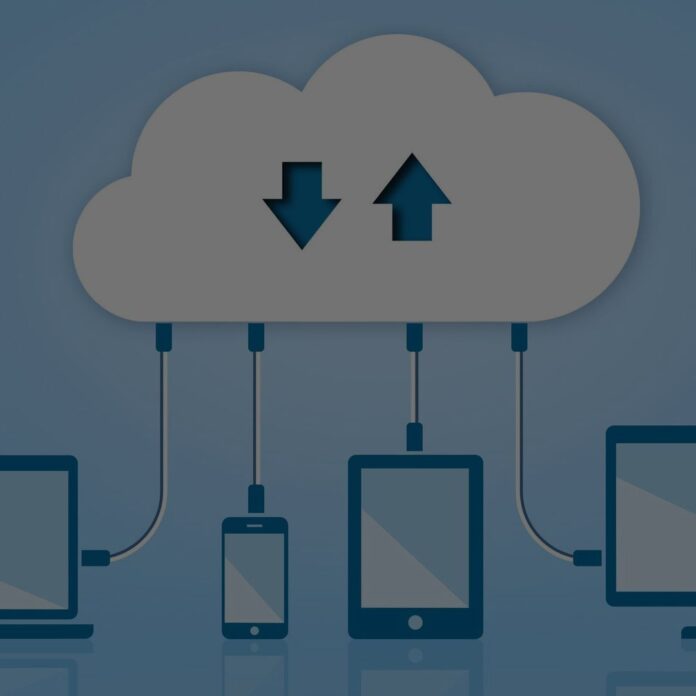Many workloads are just unsuited to the cloud, at least not without modification. Here’s how to thoroughly evaluate your apps for migration to the public cloud before you make the switch.
Although it might relieve a company of the long-term, expensive requirements of a physical data centre, the public cloud isn’t the appropriate hosting option for all corporate applications.
So, it is essential to carefully evaluate each application’s eligibility, needs, and readiness prior to a cloud move. Let’s examine some of the major concerns that need to be addressed while conducting a cloud migration assessment, as well as some techniques and resources that can be used by teams to get ready to move to the cloud.
What key elements should I take into account while evaluating a cloud migration?
A company must consider a wide range of factors when determining which workloads would be best suited for public cloud. Among the most important are security, performance, and regulatory requirements.
Regulations
Strict restrictions on the physical placement of sensitive application data and the corresponding application may be imposed by regulatory governance. As a result, a provider data centre site that is a public cloud migration target may only be allowed to cross a country’s border or another geopolitical barrier. The same restrictions can be applied to disaster recovery and data backups.
For instance, a company might not be able to transfer some critical applications if a cloud provider does not provide an availability zone or region inside a suitable geographical boundary. When a cloud provider is present but doesn’t offer essential security services, a similar issue can materialise.
Confidentiality
An enterprise must comprehend the shared responsibility model before moving a programme to the public cloud. The company is still in charge of safeguarding access to its data even while the cloud provider secures and administers the underlying infrastructure and services on which that application will run. New cloud adopters may find this change in duties puzzling, and it occasionally causes serious failures in application and data security.
Achievement
An application’s ability to function as well in the public cloud as it does in a nearby data centre cannot be guaranteed. This can be a major issue when moving applications to the cloud, especially if users depend on the application’s availability and performance. Older, monolithic apps have the most issues and may work better on-premises, especially if they have severe hardware requirements or complicated software dependencies. On the other hand, cloud-native apps, or those created from the ground up to operate on instances of the public cloud, typically offer the best performance and scalability.
Which phases are the most important for cloud migration?
The migration of a workload to the cloud can be described in a variety of ways, but there are three key stages that it typically goes through: planning, deployment, and maintenance.
First stage: planning
Determine which workloads should be moved to the cloud and which ones should remain on-premises at this phase. Consider the desired benefits of each migration you are considering as well as the business rationale for the relocation. Requirements, objectives, or measurements that can quantify the effectiveness of the migration should be included in the business case. A corporate objective can be, for instance, to scale an application to accommodate more users without raising investment in the neighbourhood data centre. Monitoring transaction or application latency to verify workload performance may serve as the metric for success.
Second phase: deployment
Deployment is the next phase of workload migration. Enterprises must plan, or architect, their cloud deployment during this phase and determine which cloud services and instance types are required for their workloads.Workloads of the production class rarely migrate completely. In contrast, there is a shakedown period where an IT team transfers the workload to the cloud environment, tests, optimises, and verifies that deployment, with the workload continuing to run normally on-premises throughout this time.





